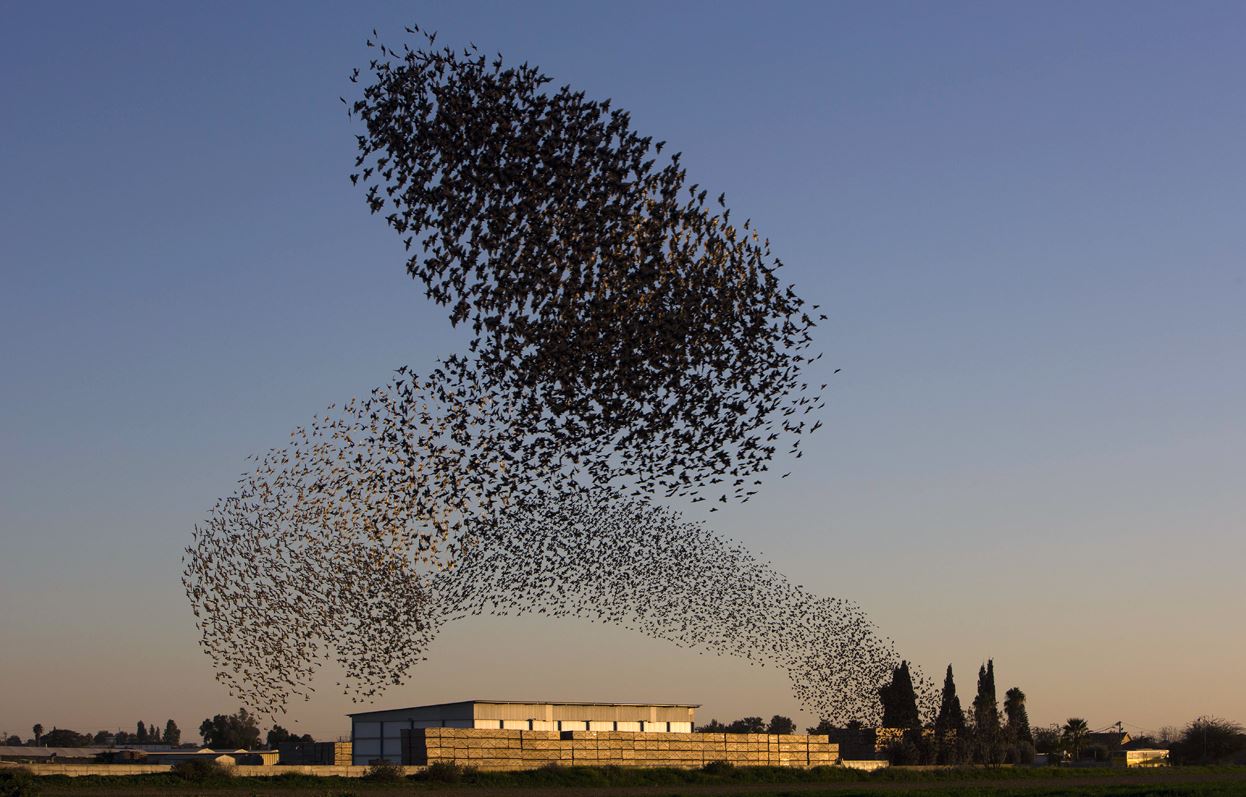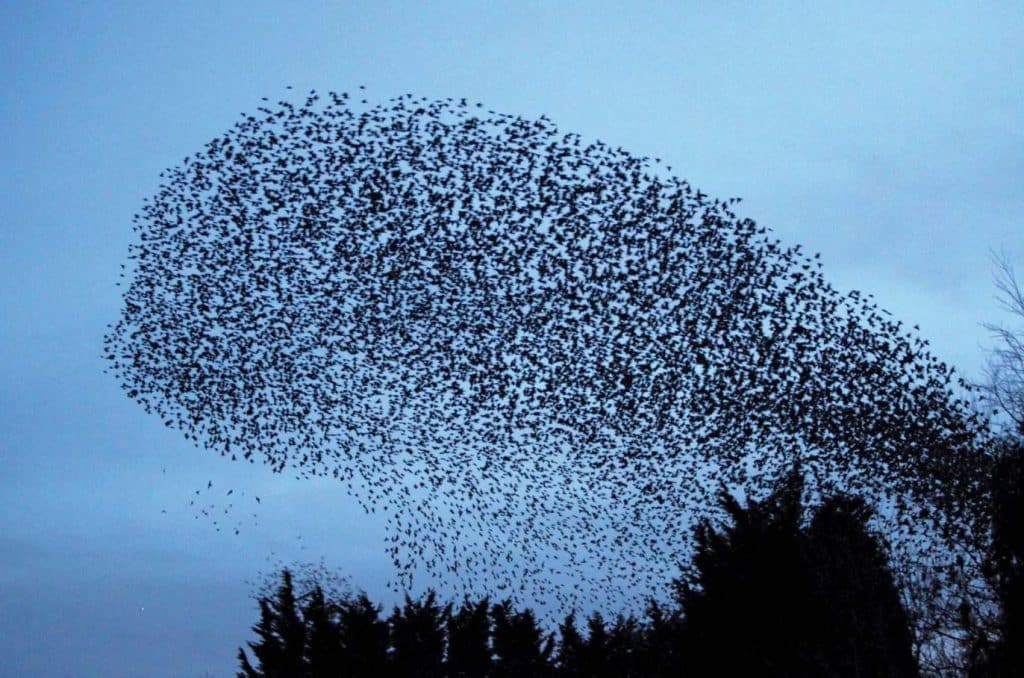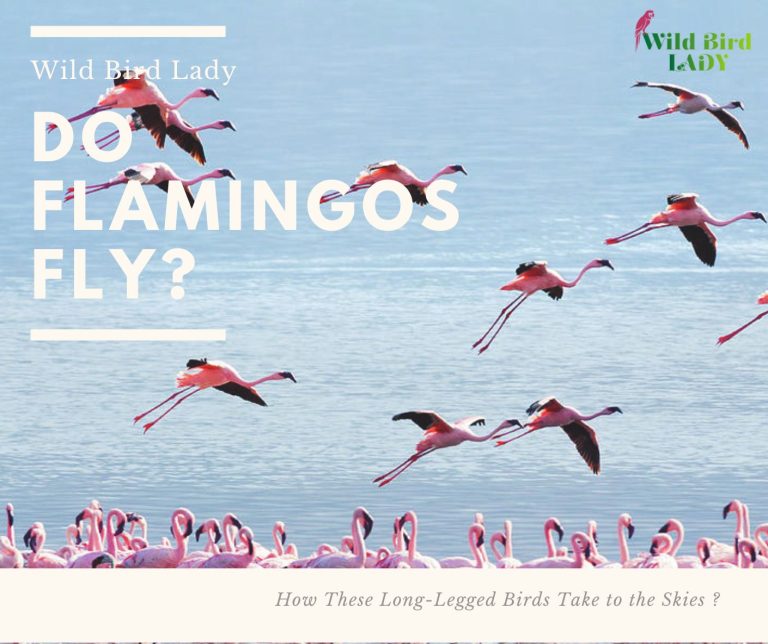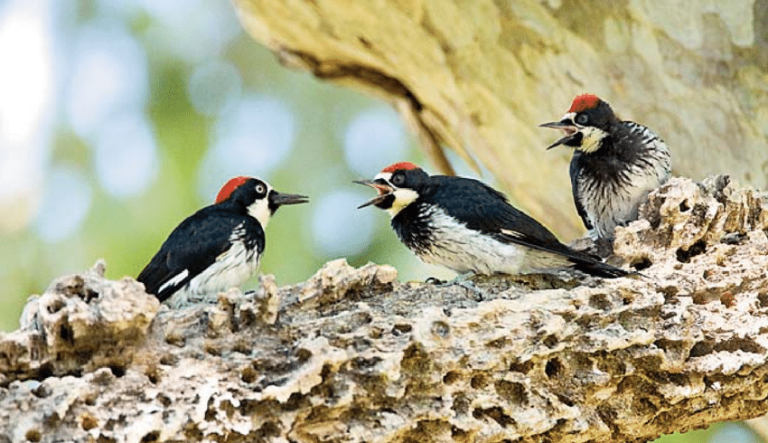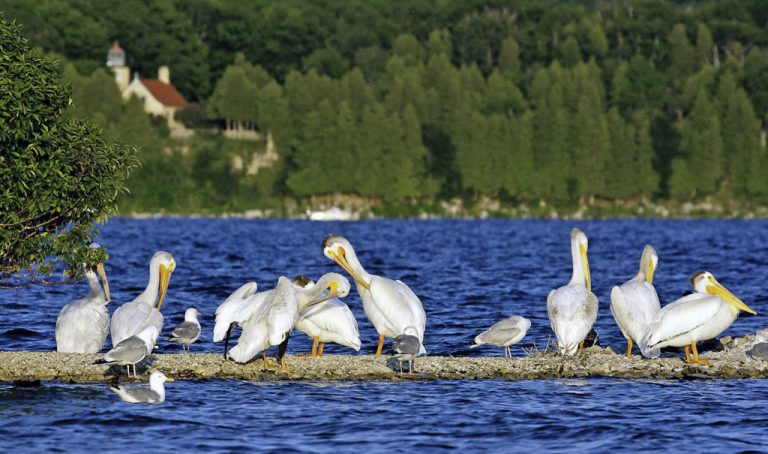What Is a Group of Starlings Called? You Won’t Believe This Magical Term!
If you’ve ever seen thousands of birds swooping and swirling in the sky in mesmerizing patterns, chances are you were witnessing one of nature’s most captivating spectacles: a group of starlings in flight. But have you ever wondered, what is a group of starlings called?
Prepare to be amazed, because the term is as magical as the event itself. A group of starlings is called a murmuration. Yes, murmuration—a word that sounds as fluid and poetic as the phenomenon it describes.
In this article, we’ll dive deep into what murmurations are, why starlings gather in such massive numbers, how they fly in perfect synchronization, and what this awe-inspiring behavior means for scientists, birdwatchers, and nature lovers alike.
What Is a Group of Starlings Called?
A group of starlings is called a murmuration.
The word “murmuration” derives from the Latin “murmurare”, meaning “to murmur” or make a low, continuous sound. When thousands of wings beat in unison, it creates a soft rustling or whispering sound—hence the poetic name.
Unlike common group names like “flock” or “herd,” murmuration captures the mystery and movement that make these starling gatherings so unique.
Why Do Starlings Form a Murmuration?
Murmurations are not just random gatherings. Starlings come together for a variety of reasons, each tied to survival and communication:
1. Protection From Predators
Safety in numbers is the number one reason. A large, dynamic group confuses predators like hawks and falcons. The fluid motion makes it nearly impossible for a raptor to target a single bird.
2. Warmth and Energy Conservation
As temperatures drop in the late afternoon or during winter months, starlings begin to gather in large numbers to conserve heat. Roosting together at night allows them to share body warmth and reduces the risk of exposure to cold.
3. Information Exchange
Experts believe that murmurations may serve as an information-sharing session. Birds exchange tips on good feeding grounds or the location of safe roosting sites.
When and Where Can You See a Murmuration?
🕒 Best Time of Year
The most breathtaking murmurations happen from autumn to early winter, especially in October and November. That’s when starlings begin to gather in huge numbers before settling down for the night.
📍 Where to Watch Murmurations
Some famous murmuration hotspots include:
- Somerset Levels, UK
- Rome, Italy
- Black Sun (Sort Sol) in Denmark
- Sacramento Valley, California
- Central Europe wetlands
In the U.S., keep an eye on open fields, farmlands, and city outskirts around dusk—especially in areas where starlings are known to roost.
The Science Behind the Swirl: How Do They Do It?
🧠 Collective Intelligence
Starlings don’t follow a single leader. Instead, they exhibit collective behavior, where each bird observes and responds to the movements of 6–7 of its nearest neighbors.
This decentralized communication allows them to:
- Change direction in under a second
- Maintain spacing without colliding
- Create fluid, organic shapes in the sky
🔬 Physics and Algorithms
Researchers have studied murmurations using physics models, algorithms, and computer simulations. They’ve discovered that starlings operate under rules of alignment, separation, and cohesion—similar to how schools of fish swim.
Some compare murmuration to a quantum system—complex, fast-moving, and unpredictable.
How Big Can a Murmuration Get?
Murmurations can range from a few hundred birds to millions. In fact, one of the largest known murmurations was recorded in Rome, where more than 4 million starlings danced above the city at dusk.
When you witness such a massive display, it’s easy to see why people across cultures have associated murmurations with omens, magic, or spiritual significance.
The Cultural and Symbolic Meaning of Murmurations
Starlings and their mesmerizing murmurations have found a place in:
📖 Literature
Poets and authors often use murmurations as symbols of unity, chaos, or collective consciousness. For instance, in T.S. Eliot’s works, birds often represent mystery and transition.
🖼️ Art and Film
Numerous documentaries and art installations have showcased murmurations as visual metaphors for freedom, harmony, or even the human mind.
🧘♀️ Spiritual Symbolism
In some cultures, murmurations are seen as signs from the universe—symbols of:
- Interconnectedness
- Unity in diversity
- Mystery and transformation
Are Murmurations Unique to Starlings?
While starlings are the most famous for murmurations, they’re not alone.
Other birds that form similar aerial displays include:
- Red-winged Blackbirds
- Grackles
- Swallows
However, European starlings (Sturnus vulgaris) are by far the most synchronized and dramatic in flight, making them the poster birds for murmurations.
Starling Behavior: More Than Just a Pretty Show
Murmurations are just one part of the starling’s fascinating behavioral repertoire. Here’s more about their daily life:
🏡 Nesting and Roosting
Starlings nest in cavities—tree holes, building eaves, and even streetlights. At night, they gather in communal roosts that may include thousands of individuals.
🍎 Diet
Starlings are omnivores. They eat:
- Insects and worms
- Fruits and berries
- Seeds and grains
- Food scraps from human areas
🗣️ Vocal Mimicry
One of the lesser-known facts? Starlings are excellent mimics. They can imitate other bird calls, mechanical sounds, and even human speech!
Are Murmurations in Danger?
Sadly, while murmurations are incredible, the starling population in some parts of the world is declining.
⚠️ Causes of Decline:
- Habitat loss due to agriculture and urbanization
- Climate change affecting migration and food sources
- Use of pesticides that impact insect availability
🐦 Conservation Efforts
Organizations in Europe and the U.S. are working to preserve key habitats and educate the public on bird-friendly practices.
How You Can Witness a Murmuration
Want to see a murmuration yourself? Follow these tips:
✅ Timing:
- Arrive 30–60 minutes before sunset.
- Stay quiet and avoid sudden movements.
✅ Equipment:
- Bring binoculars or a camera with a wide lens.
- Use a field guide to identify starling species.
✅ Locations:
- Visit wetlands, farmlands, or urban roosting areas.
- Ask local birding groups for recent sightings.
Fun Facts About Starlings and Murmurations
- 💡 The term “murmuration” was first recorded in the 15th century.
- 🎵 Starlings were brought to North America by Shakespeare fans in the 1890s.
- 🌪️ A murmuration can span over 1,000 feet wide in the sky.
- 📊 Murmurations have inspired data models in economics and artificial intelligence.
- 🎥 Viral videos of murmurations have received millions of views on platforms like YouTube.
Final Thoughts: A Word That Captures the Wonder
So, what is a group of starlings called? Now you know: a murmuration.
But the answer is more than just a vocabulary lesson. It’s a doorway into understanding the complexity, beauty, and intelligence of one of the world’s most awe-inspiring natural phenomena.
The next time you see dark clouds swirling in the evening sky, don’t just glance up and look away. Stay a moment longer. Listen for the whisper. Watch the wave. Witness the murmuration—and feel part of something bigger.
FAQ: Frequently Asked Questions
1. What is a group of starlings called?
A group of starlings is called a murmuration. The term refers to the mesmerizing, synchronized flight patterns they form, especially during dusk in autumn and winter.
2. Why is it called a murmuration?
The word comes from the Latin “murmurare”, meaning “to murmur.” It reflects the soft rustling sound created by thousands of wings flapping in harmony.
3. When is the best time to see a murmuration?
The best time to witness a murmuration is during the late afternoon in the autumn and winter months, typically from October to February.
4. Why do starlings form murmurations?
Starlings form murmurations for protection from predators, warmth during cold nights, and to share information about feeding and roosting sites.
5. How do starlings fly in perfect coordination?
Starlings follow the movements of their nearest neighbors—usually 6 to 7 birds—using a behavior called collective motion, allowing rapid adjustments without a leader.
6. Can other birds form murmurations too?
Yes, birds like red-winged blackbirds, grackles, and swallows can form large groups, but European starlings are most famous for their stunning murmuration displays.

